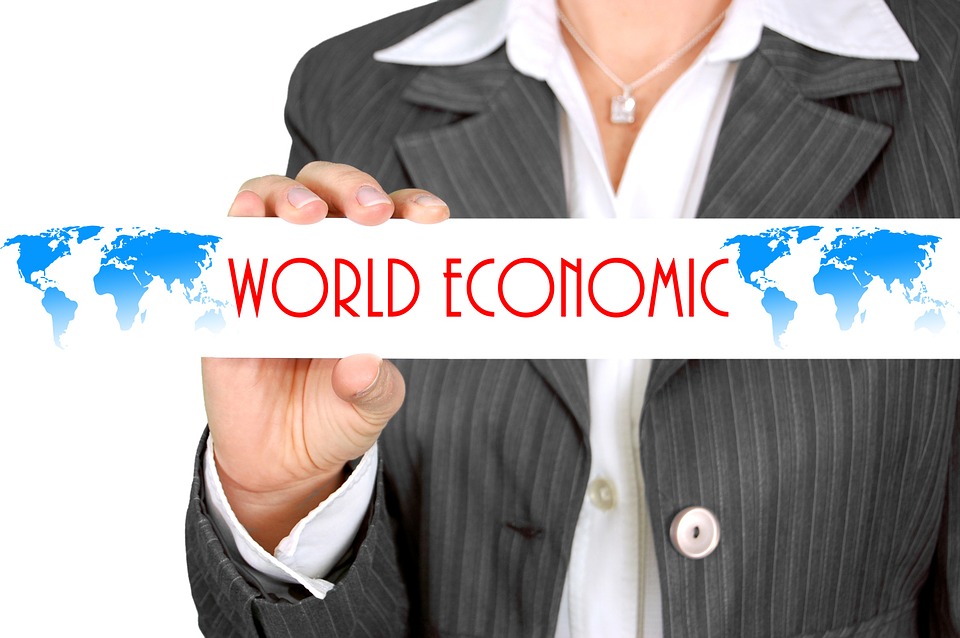Women Entrepreneurs: Where Are We and Where Should We Be?
By Karima Mariama-Arthur
Forbes declared 2014 to be the breakout year for women. But, I say that we have clearly ridden that wave into 2015 and will continue to do so in 2016 and beyond. Why?
There are many reasons for this bold statement, including the fact that women-owned entities in the formal sector have currently increased to represent approximately 37% of all enterprises globally. What does that mean? A recent Global Entrepreneurship Monitor (GEM) survey found that there are currently approximately 126 million women starting or running businesses and 98 million operating “established” businesses (meaning over three and a half years) worldwide. Also, where “women engage in the so-called full-potential scenario — where women play an equal role to men in labor markets — global annual GDP could rise by as much as $28 trillion, or 26%, by 2025,” says MGI, the business and economic research arm of consulting firm McKinsey & Co.
What we know is that women behave very deliberately in the global economy. Consider these powerful measures of entrepreneurial engagement taken from a 2013 Harvard Business Review article entitled “The Global Rise of Female Entrepreneurs:”
- Reinvestment: In emerging markets, women reinvest a staggering 90 cents of every additional dollar of income in “human resources” — their families’ education, health, nutrition (compared, by the way, to 30-40% for men. Think of women’s increased income and assets as a gender dividend driving family, community and country well-being).
- Job creation: Beyond their own incomes, 112 million of the GEM surveyed entrepreneurs employ one or more people. 12 million expect to employ up to six people in the next five years. That’s 72 million jobs just from this small sample. In countries like Kenya, so called “SMEs” (Small and Medium Enterprises) like this are responsible for 80% of all employment. And in the U.S., more than half of the 9.72 million new jobs to be created in the SME sector by 2018 will be created by woman-owned SMEs.
- Innovation: When defining innovation as “offering products that are new to some or all customers” in some regions — including the U.S. and developed Europe — women entrepreneurs have higher levels of innovation than their male counterparts.
Within the United States, the National Association of Women Business Owners (NAWBO) reports the following powerful statistics:
- There are more than 9.1 million firms owned by women, employing nearly 7.9 million people, and generating $1.4 trillion in sales as of 2014.
- Women-owned firms (50% or more) account for 30% of all privately held firms and contribute 14% of employment and 11% of revenues.
- 2.9 million firms are majority-owned by women of color and employ 1.4 million people and generate $226 billion in revenues annually.
- One in five firms with revenue of $1 million or more is woman-owned and 4.2% of all women-owned firms have revenues of 1 million or more.
Within the MENA region, we’ve noticed the recognition and adoption of technology and virtual-friendly businesses that are particularly attractive to women. According to a 2014 BBC News report, about roughly 10% of all the world’s Internet entrepreneurs are women and within that microcosm, the populations of Middle East and North Africa region are at 23% and the Gulf at 35%, respectively.
Google has capitalized on this innovation and geared its #40Forward program at increasing the global representation of women in high tech by 25% in 2014. Encouragingly, 25% of the programs selected are from among a pool of women entrepreneurs in the Middle East. Providing delivery options by which good and services are delivered to consumers allows female entrepreneurs the flexibility to work from home and still be completely available to their families.
Speaking of which, its important to mention that as women entrepreneurs, one of our goals is to raise up a new, able generation of young entrepreneurs. In terms of opportunities for entrepreneurship, a demographic analysis of the Egyptian population by the Egypt Network for Integrated Development (ENID) revealed that, “29% of Egyptians are between the ages of 15 and 29 and see entrepreneurship as a preferable option to being employed by third parties. The majority (53.7%) reported that they prefer to have their own business rather than working for pay (59.7% of young males and 47.2% of young females).” Now, even though the research demonstrates that entrepreneurship is a viable option for the Egyptian youth, there are still key barriers to entry, notes the ENID:
- Financial resources and risks.
- Lack of business and marketing information.
- Bureaucracy and complication of procedures.
- A disparate gender perspective.
Despite these barriers, however, there are equally powerful measures that can help to facilitate a more entrepreneurial-friendly environment for our youth, which include the following:
1. Introducing the concept of entrepreneurship as a cultural and academic innovation. Make it an integral component of the values, beliefs, behaviors and goals that we hold dear as a society. Offer it at the early stages of the academic experience, as well as consistently throughout.
2. Provide mentoring and networking opportunities across industries.
3. Establish financially literacy education programs and help entrepreneurs navigate the credit system.
4. Increase awareness and support of women who desire to become entrepreneurs, as well as of those who are well-established.
5. Integrate a rigorous business curriculum as a formal component of overall the educational program.
If we each take a proactive role in creating and nurturing this kind of environment, we can create a global platform that is both encouraging and conducive for young entrepreneurs to take the leap and carry the torch.
I would be remiss if I did not acknowledge the fact that as women, we’ve survived some of the most turbulent socio-economic and political-charged times in history–and do you know what? We’ve adapted, become smarter, stronger and clearly thrived. Yet we are not resting on our laurels. Indeed, there is more work to do. And we are uniquely poised to make an even bigger impact on the global economy if we hold fast to our collective vision.
As we adapt to the needs of 21st century leadership demands, what we know for sure is that women are increasing viability as stakeholders in every industry the world over. Have we gotten to comfortable with our success? No. Our recent success is merely a signal to raise our standards for greater results in the future. In fact, we owe it to ourselves to challenge our expectations for success in every industry and in every metric. Why shouldn’t we strive do better every day and in every way? That is our mandate.
This means that we should be unapologetic in our pursuit of free enterprise. That we should not allow fear, naysayers and critics (even the internal critic!) rob us of the power to create a powerful destiny. We can create whatever we can conceive.





























